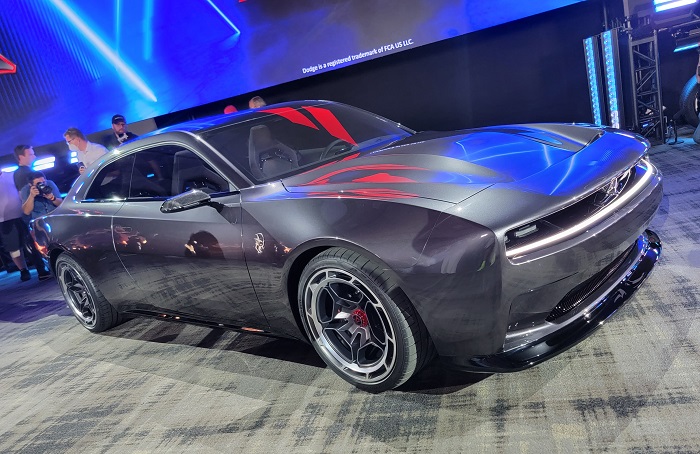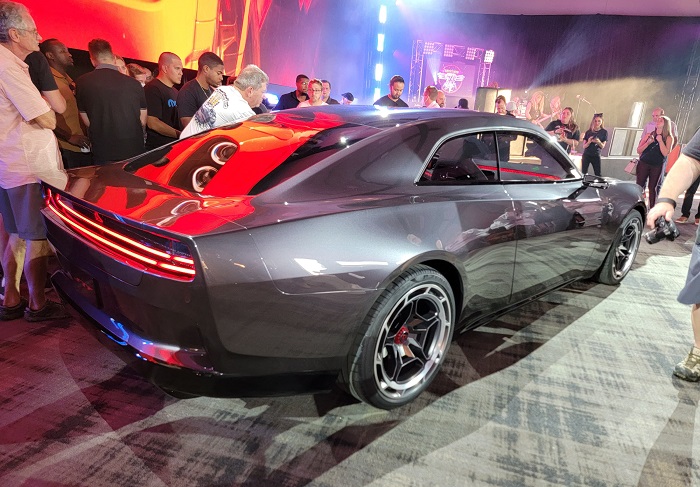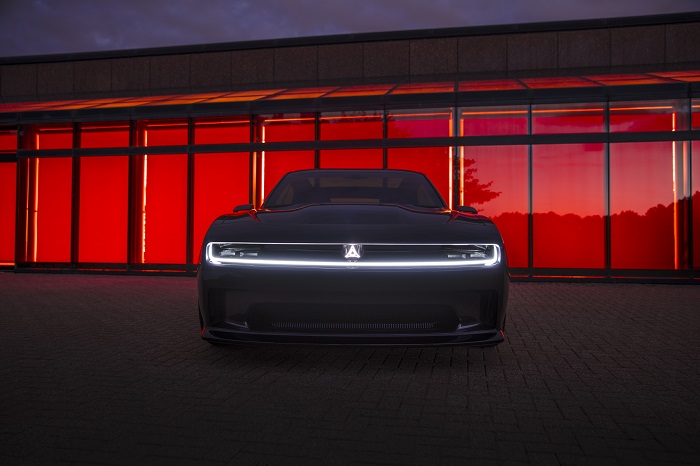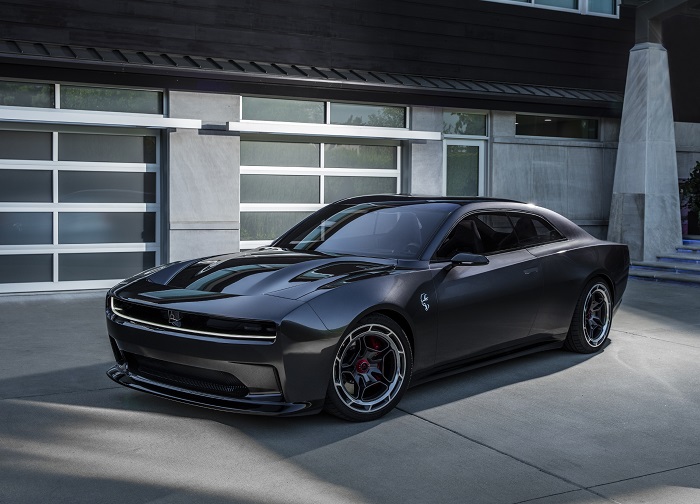When the Dodge Charger SRT Daytona BEV was introduced as the brand’s first planned all-electric vehicle, we learned that it would be offered in 400-volt and 800-volt form. Many people who are unfamiliar with EV technology believed that having double the capacity would mean double the output, but that is not the case. A Charger SRT Banshee BEV with the 800V system will not automatically offer double the horsepower or torque of a 400V model, but it will charge twice as fast and it will likely have other advantages that will improve overall performance.

When automakers talk about 400V and 800V electric vehicles, they are not talking about battery size, they are talking about the electrical system architecture. Most current electric vehicles on the road today – including those from Tesla – use the 400V system. The Porsche Taycan, the Audi eTron GT, the Kia EV6, the Hyundai Ioniq 5 and the Genesis GV70 are among the few EVs in the US market which are available with the 800V architecture, but they will soon be joined by the Dodge Charger and the new Ram Revolution. The Taycan offers up to 616 horsepower, the Audi offers 522, the Kia 576, the Hyundai 320 and the Genesis 482, showing that having an 800-volt system doesn’t guarantee monster power.

The big power comes from the size of the motors, generally rated in kilowatts (kW), and in the case of the upcoming Charger BEV, we do not know what size motor(s) the SRT Banshee will use, but we do know what size motor configuration the 400V models will feature. The Charger 340 will come with 340 kW of motor output, or 455 horsepower, while the Charger 440 will come with 440 kW of output, or 590 horsepower. However, those same motor configurations with the 800V system would not automatically make more power, but the battery systems in the 800V Chargers will charger in half the time.
While the 800V electrical architecture in the Dodge Charger Daytona SRT Banshee does not immediately lead to more horsepower and torque output, it can improve performance in other ways. An 800-volt system provides the same amount of power to the motor(s) with less current flow, which means that lighter cables can be used, reducing vehicle weight. Also, with the 800V system relying on less current flow, there is less heat generated by the system and reducing heat is a major component of successful EV performance. With less heat being created, the 800V system burns less energy trying to cool itself down, so the higher voltage system is inherently more efficient.

Finally, as mentioned above, an 800V architecture will allow batteries to charge at roughly double the rate, but there is a catch to this and this catch is why so many vehicles are operating on the 400V system. An 800-volt system can only enjoy the crazy-quick charging times when a Level 3 DC charging station is used, as the Level 1 and Level 2 charging stations to not have high enough voltage output to make use of the 800V architecture. With a strong Level 2 charging system, you get up to roughly 20 kW, while a DC Level 3 system has output levels starting at 50 kW and reaching up around 350 kW.
In other words, the quickest Level 3 DC charging systems with an 800V vehicle can gain about 20 miles of range per minute of charge time. For comparison, a 400V vehicle on a “fast” Level 2 charging station will gain about 28 miles per hour of charging time – or a little under a half-mile per minute. Unfortunately, since most electric vehicles on the road today rely on the 400V system, most public charging stations are not set up with the Level 3 DC stations, since they have minimal advantages over a Level 2 charger for most vehicles. However, with more 800V vehicles on the horizon, Level 3 DC charging stations are becoming more common around the United States.

So, in short, the all-electric Dodge Charger Daytona with the 800V system will not be twice as powerful as the 400V models, but it will charge twice as quickly and it could use lighter weight components, leading to improved real world performance.